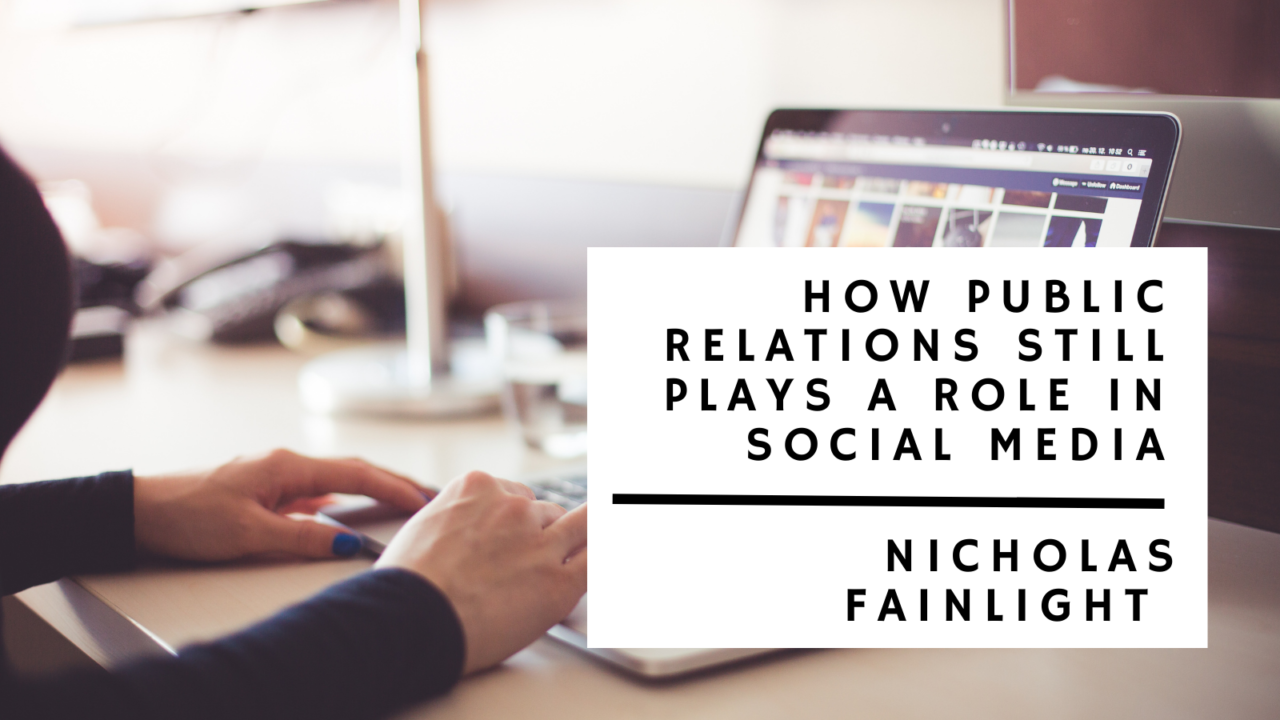Most organizations have a well-structured public relations policy that has proven to be a more direct and result-generating channel for communicating with their stakeholders and getting almost instant feedback.
Before the advent of online and social media acceptance and robust growth, the otherwise accepted description of public relations relied primarily on contact and traditional modes of relations. It has, however, drastically shifted, with a lot of focus being directed towards social media. In this context, social media refers to the mainstream platforms that allow for remote interactions with an almost instant feel regarding interaction.
The exponential growth of social media
Social media has onboarded close to 4 billion users through the various platforms available to them, providing the various organizations a deep and ever-expanding pool of potential clients. A growing number of organizations have mastered the art of intertwining public relations with social media through their various interfaces that include mainstream avenues Like Facebook, Twitter, and YouTube.
As of the end of the first quarter of 2021, internet accessibility was reported at 65 % of the world population, further compounding the overall penetration of social media. Organizations that have capitalized on their social media handles to drive their public relations policies are deemed to have a better reach and are better positioned to engage their current and potential stakeholders directly.
The case for public relations in social media
In general, public relations and social media have proven to be inseparable and to portend insurmountable synergy looking into the future. The necessity is of immense importance to the policymakers of organizations and businesses across the various levels. Under normal circumstances, the earlier the adoption, the stronger the foundation that the institutions can establish.
